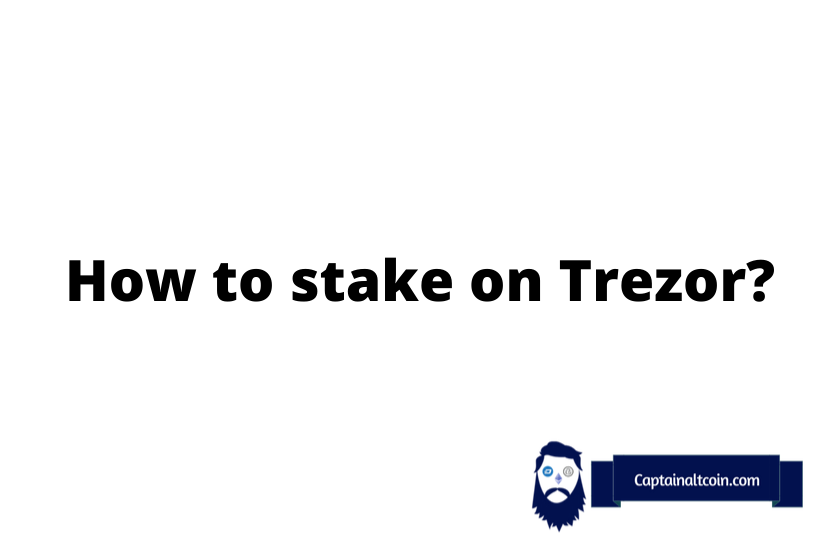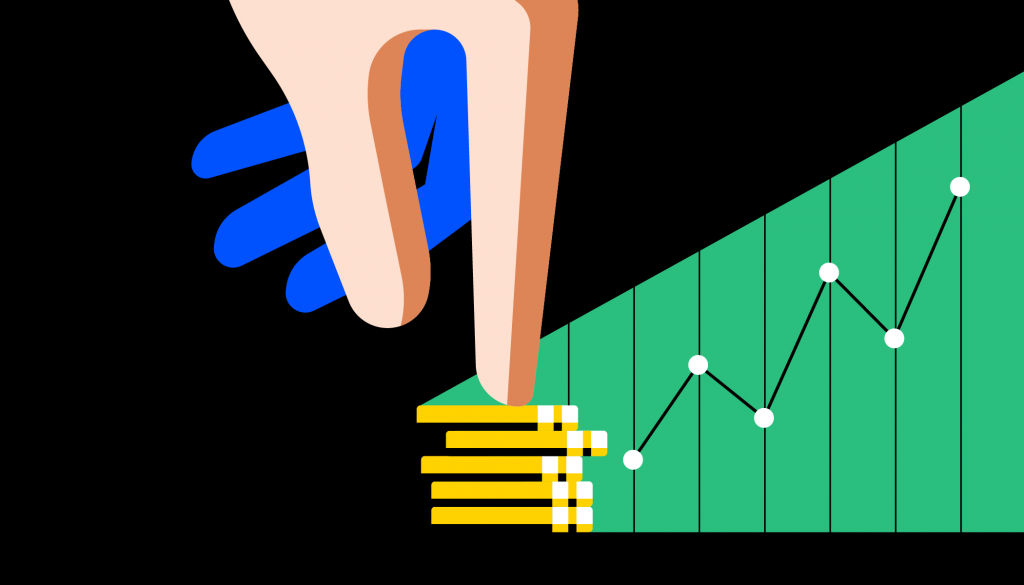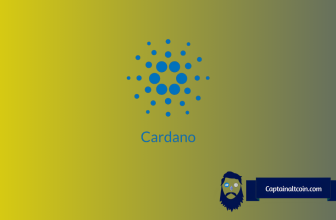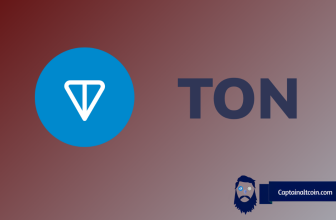
Harnessing the power of your digital assets is more than just buying, selling, or trading. It’s about making your cryptocurrencies work for you, even when you’re not actively managing them. This guide will delve into the concept of Trezor staking, a method that allows you to earn passive income from your digital assets.
Can you stake on Trezor? What’s involved in staking on Trezor? We’ve got you covered. We’ll explore the ins and outs of Trezor wallet staking, providing you with a clear understanding of how to maximize your crypto holdings.
From the basics of staking to the specifics of using your Trezor wallet for this purpose, we’ll guide you through each step. By the end of this article, you’ll be well-equipped to leverage Trezor staking to its fullest potential. Let’s dive in and unlock the earning power of your cryptocurrencies.
| 💰 Staking with Trezor Wallet | 🔑 Key Points |
|---|---|
| 🎯 What is Staking? | Staking involves validating transactions on the blockchain. By staking your cryptocurrency, you earn rewards, providing a steady flow of passive income. |
| 🛡️ Is Staking Risk-Free? | Staking is considered low-risk, but it’s not risk-free. Risks include potential price drops of the staked cryptocurrency, lockup periods preventing timely selling, and potential security breaches if staking through a platform. |
| 🏦 Staking on Trezor Wallet | Trezor Wallet doesn’t directly support staking. However, you can link your Trezor Model T or Trezor One wallet to a staking pool or validator, such as AllNodes. |
| 🔄 Alternative Staking Methods | You can connect your Trezor Wallet to the Exodus Wallet application and use it as a staking interface. This allows you to earn staking rewards through the Exodus rewards app. |
| 🪙 Cryptocurrencies for Staking | Cryptocurrencies you can stake through this method include Algorand, Solana, Cosmos, Cardano, Ontology, Tezos, and VeChain. |
| 📈 Staking Cardano (ADA) | To stake Cardano (ADA) with your hardware wallet, you can connect it to the AdaLite Wallet and stake your digital assets from there. This method is safe as neither the stake pool provider nor AdaLite can access your funds. |
| 🍞 Staking Tezos | To stake Tezos with your Trezor Model T or Trezor Model One, you can connect your Trezor to the Simple Staking wallet and stake from there. |
| 💡 Staking Rewards | Staking rewards can vary a lot and change over time. The rewards also depend on the lockup period you choose. |
Everywhere we look nowadays Proof of Stake (PoS) blockchain, like Cardano, Avalanche, and Polkadot are popping up. Most developers nowadays consider PoS as the more efficient and cheaper consensus mechanism, in fact even the huge PoW blockchain Ethereum is slowly but surely transitioning to PoS.
And from your perspective, this means that when staking your crypto you’ll earn a steady flow of passive income via rewards. Your crypto both appreciates (hopefully) and locking it up earns you money via interest.
Nowadays there are many ways to stake your crypto. The most common one is staking on n crypto exchanges or staking platforms like Binance, Kraken, Coinbase, Nexo, or BlockFI. This method comes with its cons as investors have to give up their crypto to a third-party institution, the lack of security is a big turndown for some.
But fortunately, there are better alternatives, like staking your coins independently with your own Trezor hardware wallet.
What you'll learn 👉
Is staking risk-free?
Staking is probably among the least risky ways of earning income, but saying it’s risk-free is a stretch, to say the least.
The first and probably most significant is staking a cryptocurrency with no fundamental value. One of those so-called “pump and dumps” with no future, if the crypto price suddenly and drastically falls you’ve lost all of your investment. Just like that. This can of course is avoided if you opt for only staking cryptocurrency with some real fundamental value, such as Ethereum or Cardano. Not risk-free of course, but if the future looks bright the risk is greatly diminished. As always, look at fundamentals and ignore the hype.

Another significant risk is the lockup period when staking your coin. What this means is that if the markets are crashing and your funds are still locked in, you may not be able to sell your investment on time.
But that’s not such an issue if you are a firm believer in the project’s long-term potential. Normally the lockup period goes from a couple of days to a year, so keep that in mind when choosing your investments.
And lastly the third major is security breaches and hacks. If you are staking via a platform or a centralized exchange, always keep in mind that, as it often happens in crypto, your coins might be stolen.
These staking services mostly hold users’ funds online, giving way to the possibility of hacking. Or even that your validator found to not pay for some reason.
So remember, not your key, not your coin.
Fortunately, this huge issue can be solved, by staking your funds on a private hardware wallet. That’s why today we’ll be looking at how to stake your crypto via the market-leading Trezor wallet, so let’s get into it.
How To Stake on Trezor?
First things first, the Trezor wallet does not directly support staking. But you can link your Trezor Model T Device or Trezor One wallet to a staking pool or validator, for example, AllNodes.
Or even more simply you can connect it to Exodus wallet Application and use it as a staking interface. Then earn staking rewards through the Exodus rewards app.
At the moment you can stake:
- Algorand (4,69 % APY)
- Solana (6,55 % APY)
- Cosmos (9,67 % APY)
- Cardano (4,91 % APY)
- Ontology (21,43 % APY)
- Tezos (5,66 % APY)
- Vechain (1,45 % APY)
Alternatively, If you want to stake Cardano (ADA) on your hardware wallet, you can for example connect it to the AdaLite Wallet and stake your digital assets from there.
The option is extremely safe since neither the stake pool provider nor AdaLite can access your funds and abuse their power. But make sure to keep private keys secure.
Or for example, if you want to stake Tezos with your Trezor Model T or Trezor Model One, you can connect your Trezor with the Simple Staking wallet and stake from there.
Summary
Staking is free money, well not really, but close enough. Holding crypto and not staking it is such a waste, why leave money on the table?
And if you’re staking why stake on a centralized platform. The whole ethos of crypto is letting individuals, the retail traders, be their own financial institutions. Empowering the people is what the name of the game is.
So why leave your funds in the hands of centralized institutions, that open user up to the risk of power abuses, hacks, and security breaches.
But with all its pros, staking on the Trezor wallet is not as easy as it should be. The biggest issue is that users cannot stake their crypto directly from the wallet
But fortunately, there are a couple of workarounds on how to stake your crypto safely and profitably. Simply sending it to another decentralized staking platform or software wallet isn’t hard at all and should only take you a couple of minutes to do. It’s not the ideal solution but better than nothing.
Read also:







